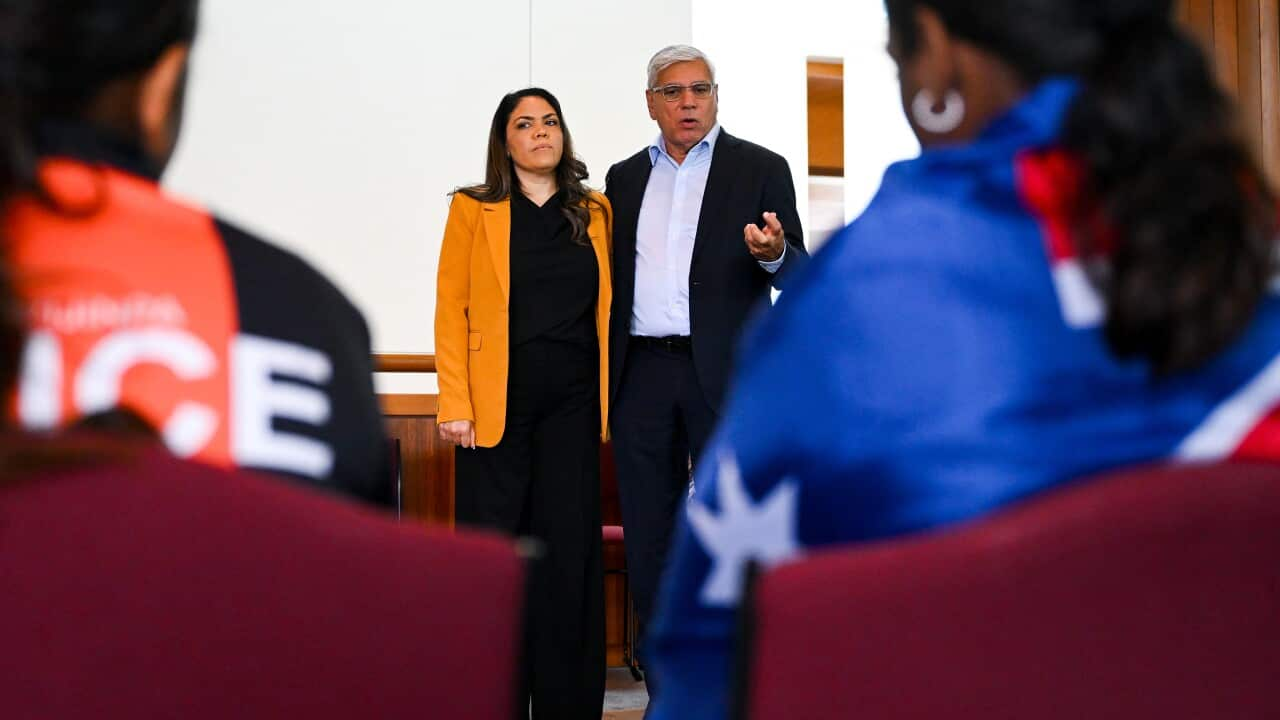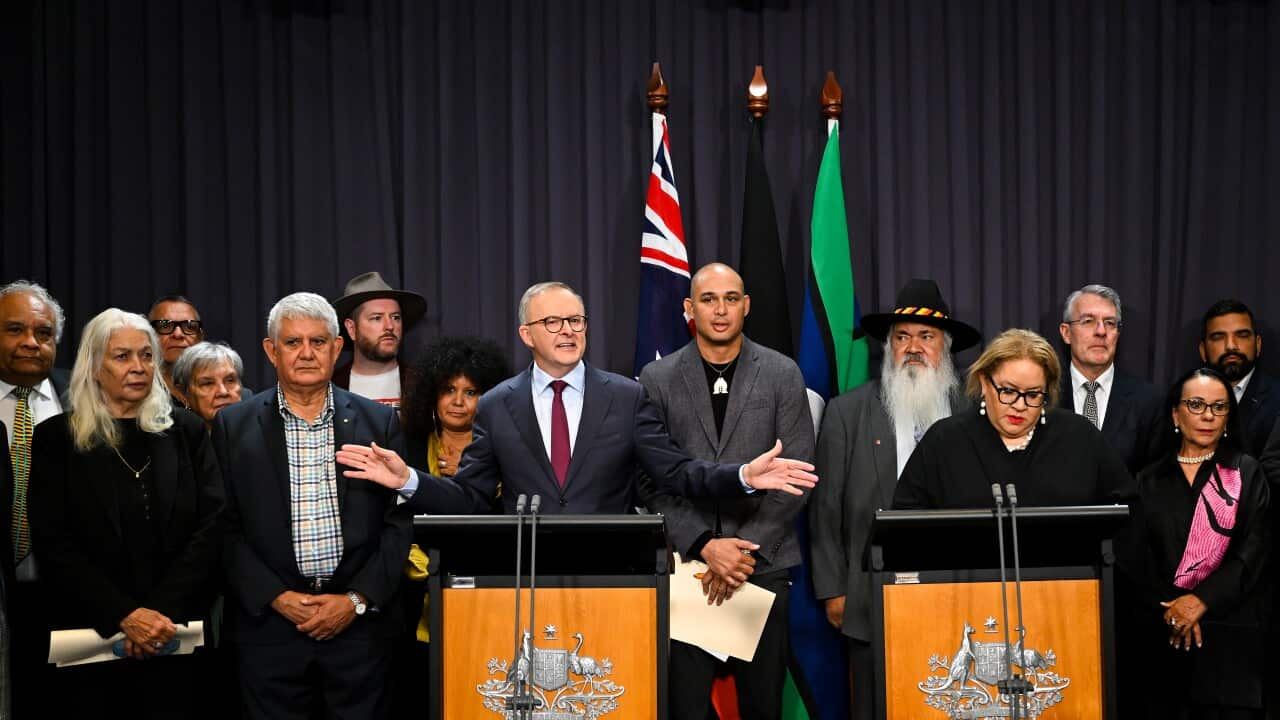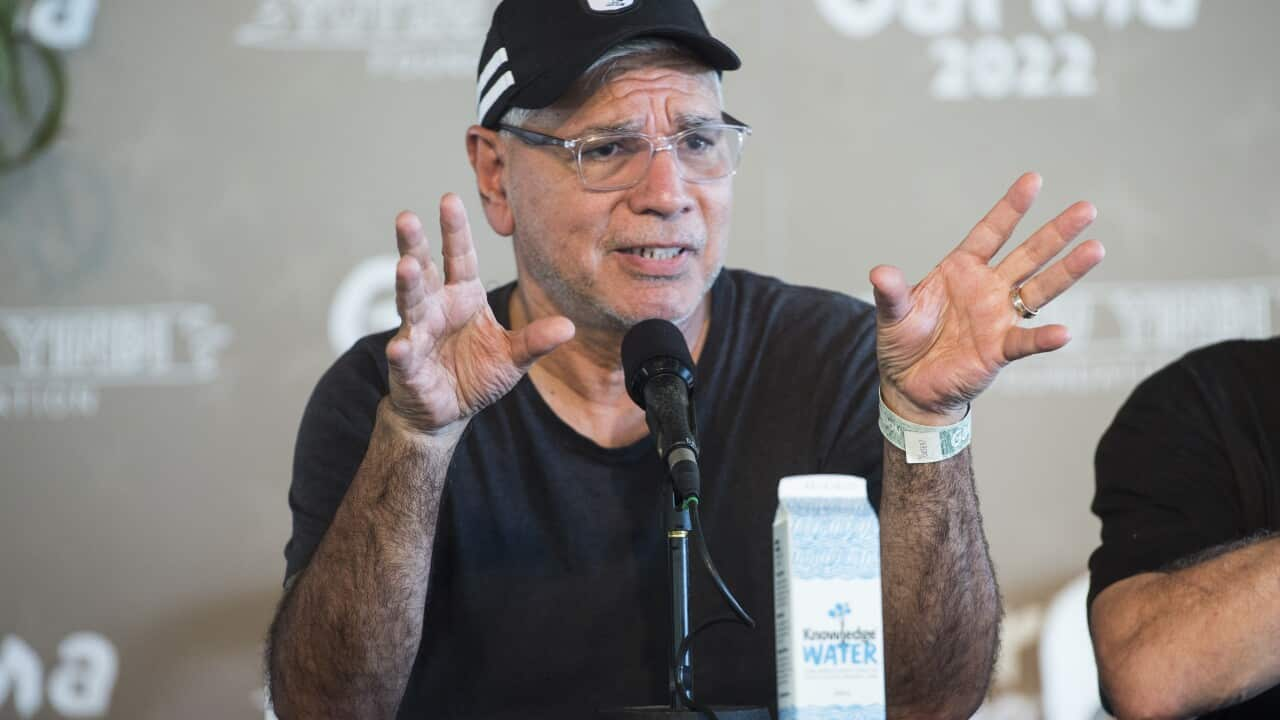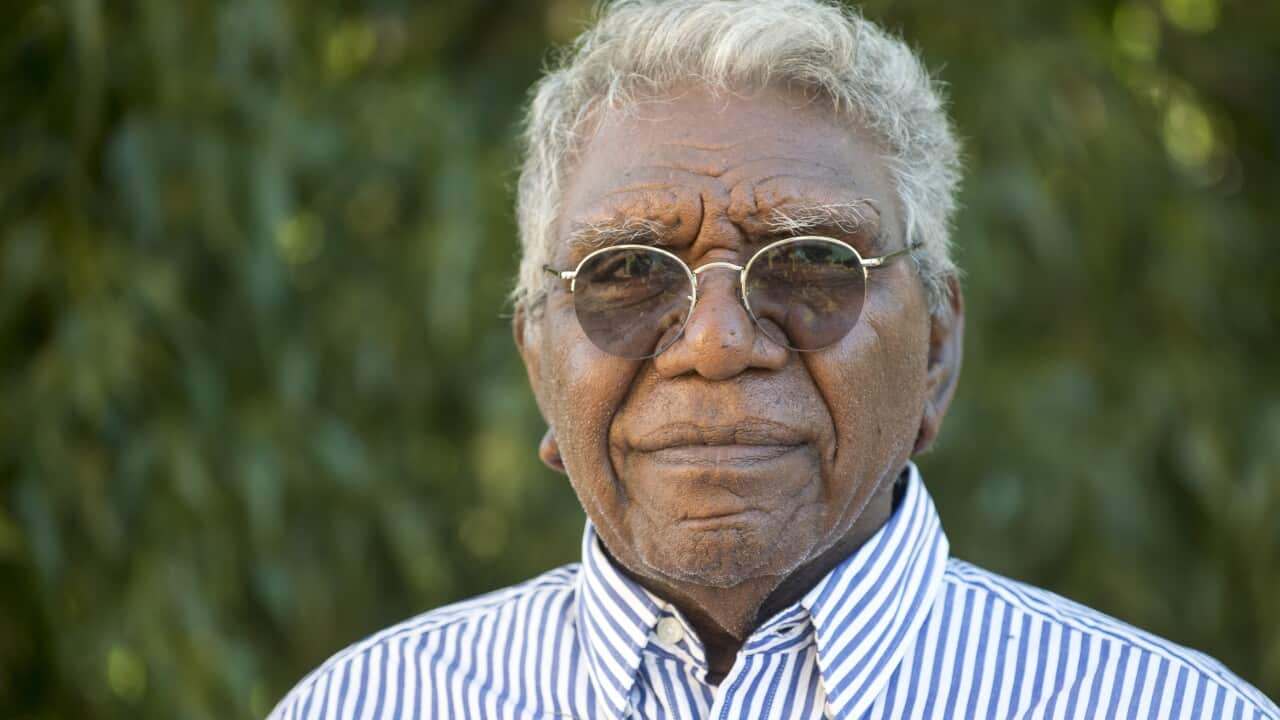I am Australian.
I’m a member of the Bundjalung nation, from my father’s side, and the Gumbaynggirr and Yuin nations from my mother’s side. And I’m a staunch opponent of Albanese’s Indigenous Voice to Parliament and the Executive.
I’m not alone.
There are many Aboriginal people who oppose Albanese’s Voice. Because it’s not our voice.
I was born in the 1950s in regional New South Wales, one of 11 children. I grew up in poverty and for the first 13 years of my life, I lived under segregation, like all Aboriginals, controlled by government protection boards.
I well understand the racism, discrimination and abuse Aboriginals experienced under colonisation, segregation and in other dark corners of Australia’s history. I’ve personally experienced it, as did my parents, grandparents and other ancestors and Aboriginal people around us.
In the past 60 years, I’ve also witnessed a complete turnaround in the position of Aboriginal people in Australia – in our daily lives, in our opportunities, in the laws that govern us and in the attitude of other Australians.
The Australia I live in today is completely different to the one I grew up in.
In those six decades, there are, for me, three defining moments that characterise that transformation.
The 1967 Referendum
The first was the 1967 Referendum. No, this didn’t give us citizenship (which we already had) or voting rights (which we already had in most states). What it did was end state racial segregation laws.
By removing exclusions of Aboriginal people in the constitution, it gave the Commonwealth power to override discriminatory and oppressive state laws impacting Aboriginal people, giving Aboriginal people the same opportunities and freedoms as other Australians and full participation in all aspects of Australian society and the economy.
Some Voice supporters say Aboriginal people aren’t in the constitution. That’s a lie.
We’re in the constitution like every other Australian. And in every part of it thanks to the 1967 Referendum.
READ MORE

Explainer: The '67 Referendum
The Land Rights Act
The second defining moment occurred over nearly two decades starting with the Liberal government’s passing of the Land Rights Act in 1976.
The 20 years that followed saw land rights legislation in the Australian states, the Mabo decision, and the Native Title Act. All of this heralded a shift in focus of Aboriginal policy to economic participation and using land as an economic asset.
Growing up the way I did, I learned the only solution to poverty is economic participation.
I saw this with my parents and grandparents who were determined to own their own home and to ensure that their kids got educated and into employment which made all the difference for us.
The focus on economic participation became the primary goal of federal Aboriginal policy during the Howard government and continued through successive Labor and Liberal governments for 20 years.
Albanese has reversed this course.
READ MORE

Native Title is not 'land rights'
ATSIC Abolished
The third turning point was in 2005 with the abolishment of the Aboriginal and Torres Strait Islander Commission (ATSIC).
It had been on the cards since John Howard became Prime Minister in 1996. The Labor Party resisted it until the conduct allegations against senior ATSIC leadership became impossible to ignore when they refused to stand aside pending investigations and were voted back on after criminal convictions.
ATSIC was abolished by the Liberal Government with the full support of the Labor Opposition.
Whether they supported ATSIC or not, for most Aboriginal people it was a shock the decision to abolish ATSIC was made without any Aboriginals in the room. It was a shock that a government with no Aboriginal representation could make a decision that would end an elected Indigenous representative body as well as the local arms of ATSIC that delivered services on the ground.
This shock obscured the fact most Aboriginal people were disengaged from ATSIC’s political functions, with average voter turnout persistently below 25 per cent.
At this point, I saw Aboriginal advocates and leadership split into two camps.
To one camp, which I was in, this was a message and/or realisation that Aboriginal people can’t depend on governments. True self-determination doesn’t require government to give you anything.
It’s about getting educated; getting a job; starting businesses; and using land rights as an economic asset and a springboard to individual financial independence and economic power.
The other camp continued to focus on deriving power from government with government dependency, centralised, bureaucratic institutions and community-controlled organisations as the solution.
This camp has for the past 20 years been trying to find a way to reinstate an ATSIC-type model which was centralised, top-down and segregated. And so, we have the Voice.
It has to be in the constitution so governments can’t get rid of it. The idea of constitutional recognition, which has nothing to do with a centralised, representative body, provided the ideal pathway.
Reversing Referendums
I see the Voice as effectively reversing the 1967 Referendum, entrenching race and segregation in the constitution and bringing it back.
It will enshrine a monolithic bureaucracy to end all bureaucracies in the constitution and a permanent and enduring part of Aboriginal lives. Like a great, big new protection board. And it will fundamentally change Australia’s democratic system.
The Voice Referendum will be a choice between these two camps and their respective visions.
A choice between a vision of bureaucratic control and centralised, government dependence and a mindset focused on grievances, historical wrongdoings and identity politics and a vision of economic participation, financial independence and self-determination and a mindset focused on jobs, education, social stability and practical initiatives.
The debate over the Voice is not about whether Aboriginal people are recognised, respected or listened to. And it’s certainly not about how to improve the lives of those Aboriginals who continue to live in poverty, disadvantage and sometimes outright despair.
Many Australians have been told the Voice will solve those problems. It won’t. Because poverty, disadvantage and despair aren’t caused by lack of a voice but by a lack of economic participation.
I believe many non-Indigenous Australians support the Voice because they believe it will improve things, because they believe Aboriginal people want it and also want to see something positive, symbolic and meaningful development in the relationship between Aboriginal people and the broader Australian community – to signal the end of the colonial period.
Sadly, I think many feel they must support it because of their own inherited (and misplaced) guilt about Australia’s history and the situation many Aboriginal people still find themselves in.
It’s interesting that the Calma/Langton Co-Design Report, outlining the proposed design of the Voice, received about 90 per cent of individual submissions and around 80 per cent of surveys from non-Indigenous Australians, in which support for a Voice was especially strong.
But I don’t think these well-meaning Australians have the first clue about the proposed Voice model and, in their overwhelming feelings of guilt and emotion, are turning a blind eye to its threat to Aboriginal communities and organisations and to Australia’s democratic system itself.
If they read the Calma/Langton Report they’d find 270 pages of turgid and impenetrable reading, strangely for a supposedly advisory body with 24 members.
Because it isn’t an advisory body but a vast, expensive new bureaucracy to interface at every level of government via arbitrary regions that bear absolutely no resemblance to the First Nations across Australia.
Ngaanytatjarra Council’s submission to the Co-Design Group warned this regional model could “effectively nullify authentic Indigenous voices rendering them meaningless”.
The Voice won’t just be some grand, meaningless gesture. It will be enormously costly and complex and can only damage Aboriginal progress by the imposition of an artificial, bureaucratic apparatus that will cause chaos, confusion and conflicts and will drain all entrepreneurial energy.
And for what? Aboriginals need less bureaucracy in their lives, not more.
Aboriginal people have many voices. Nothing happens on Aboriginal land without consultation with Traditional Owners through native title and land rights legislation. There are more Aboriginal parliamentarians today than ever before, including the Minister for Indigenous Australians. And there’s no door in Canberra that isn’t wide open to Aboriginals who want to be heard.
The Voice is a response to times and conditions that no longer exist, a product of a time warp and of the personal ambition of a select few. It has already proven to be divisive and when enshrined in the constitution it will divide Aboriginal people and threaten our great democratic nation.
Nyunggai Warren Mundine AO DUniv (Hon. Causa) is the Director, Indigenous Forum at the Centre for Independent Studies.









